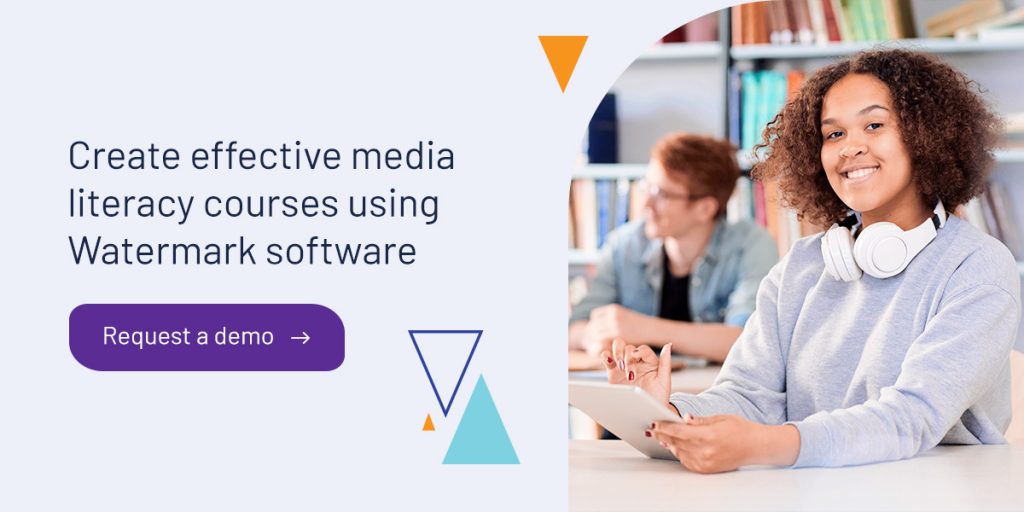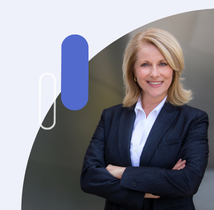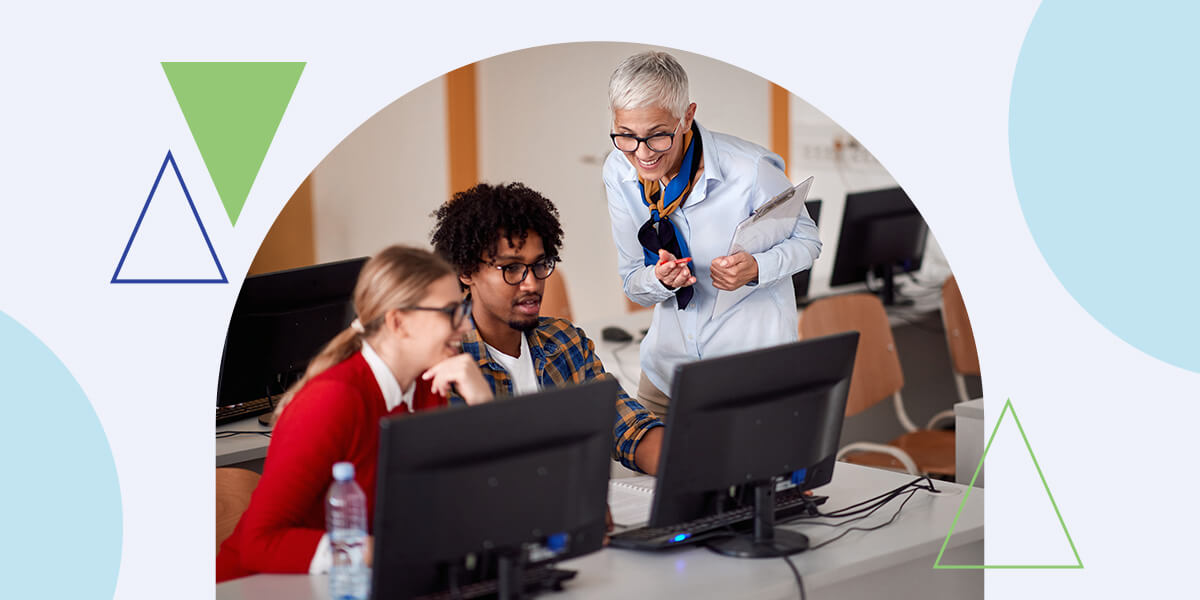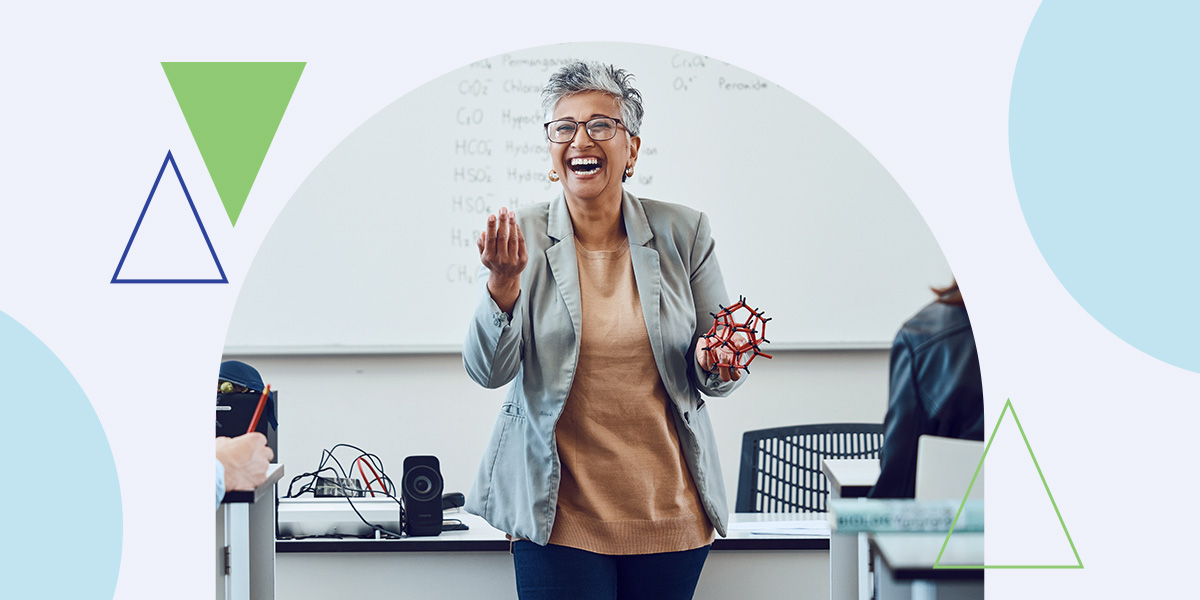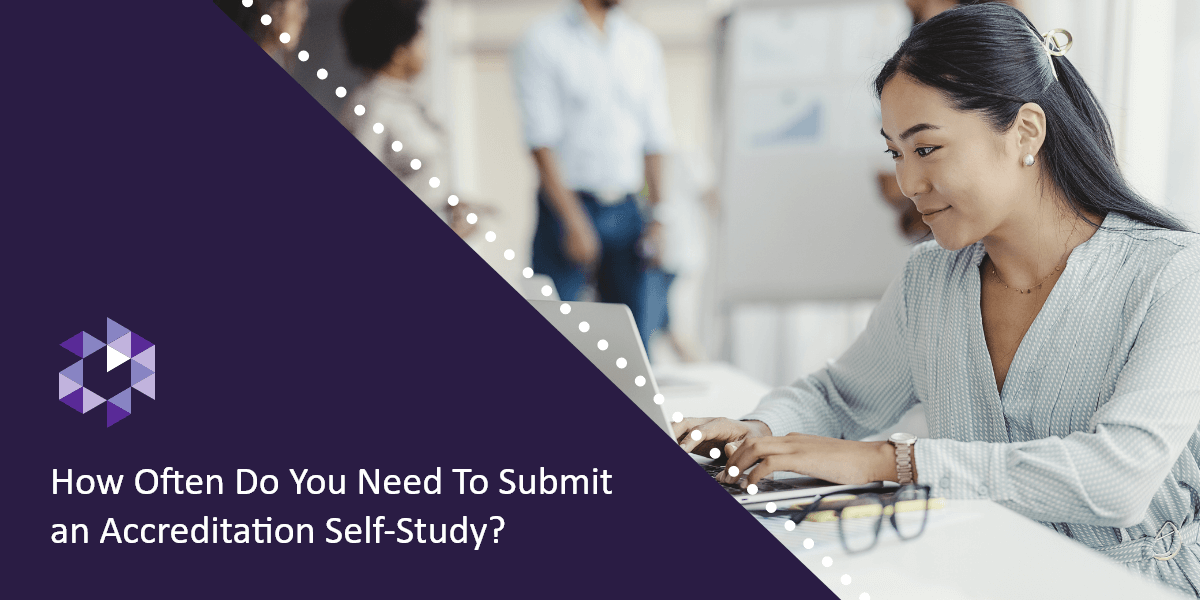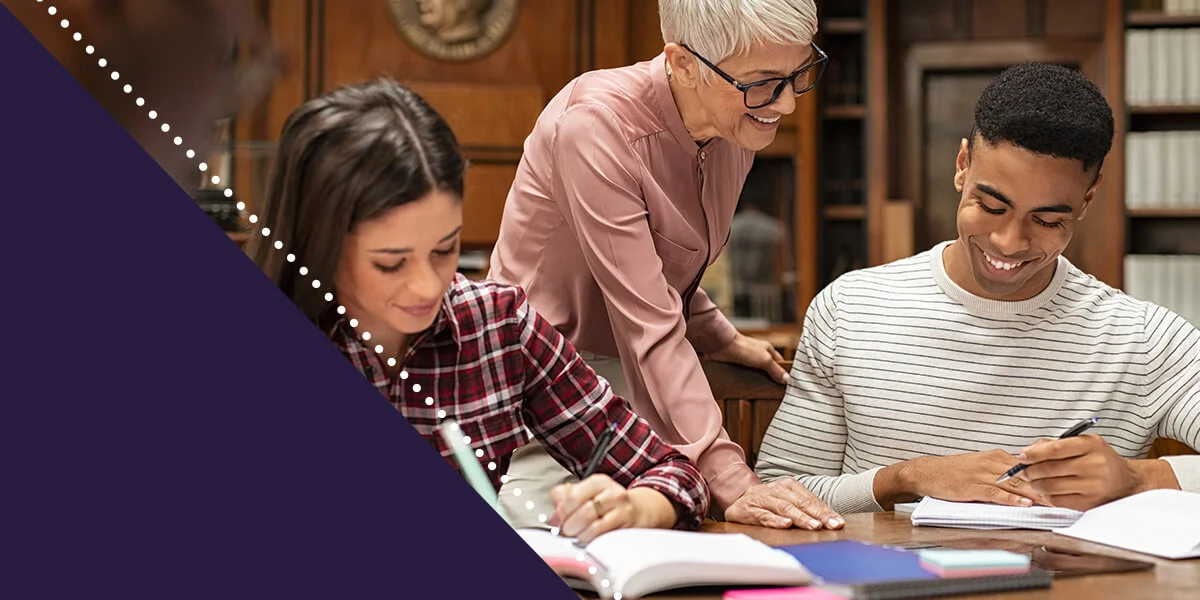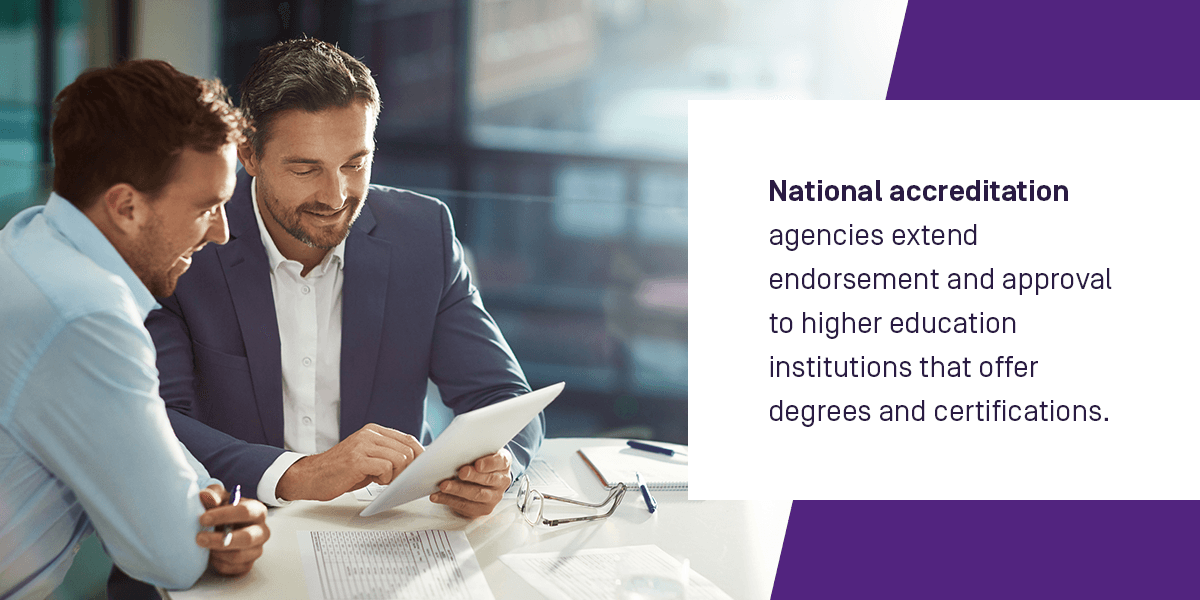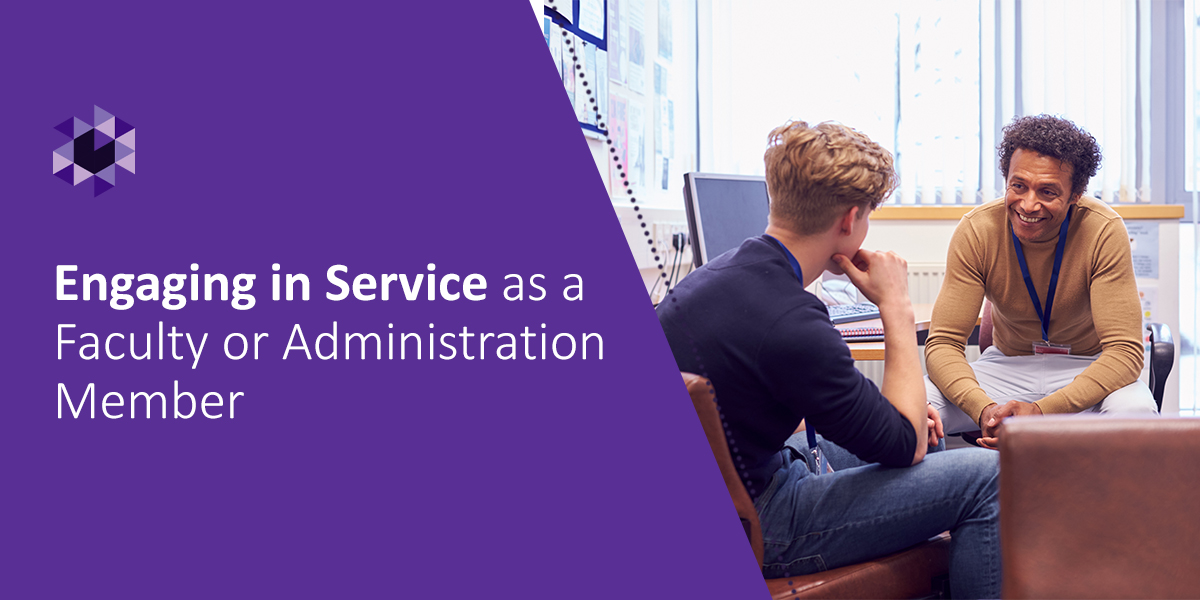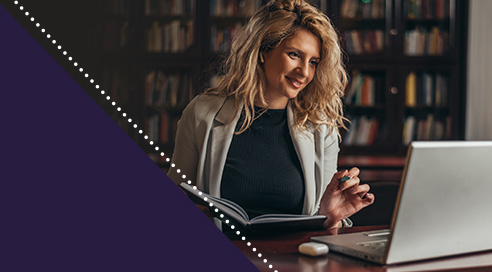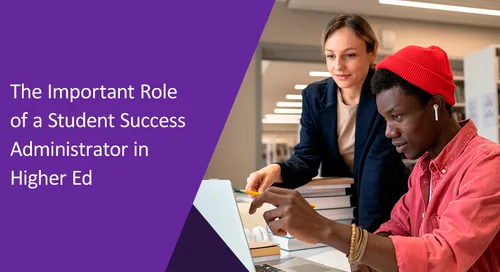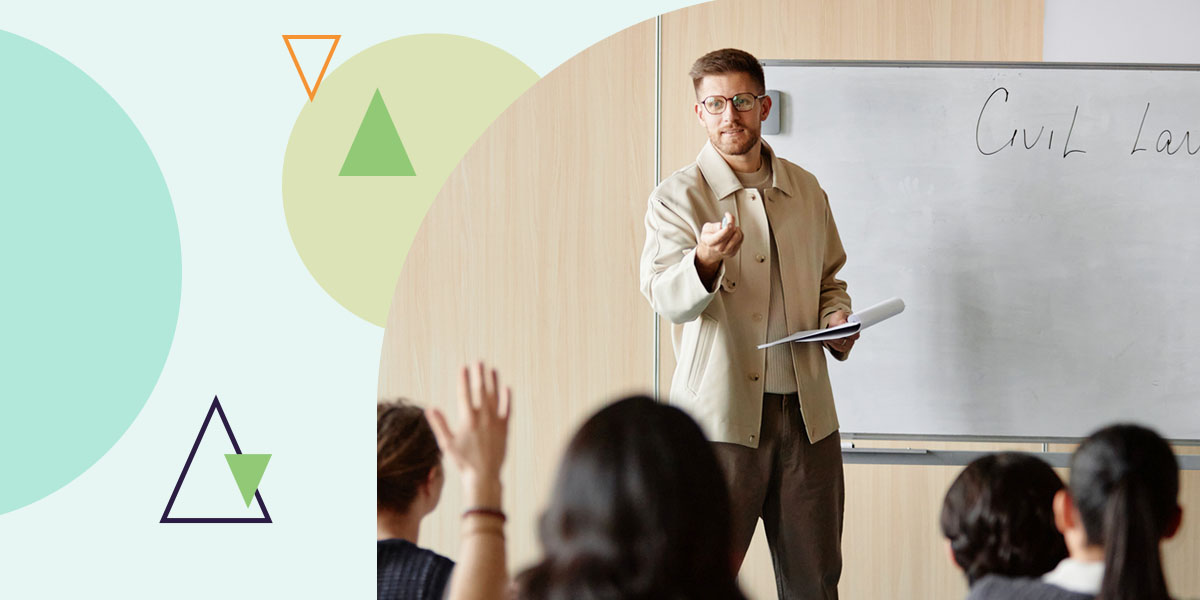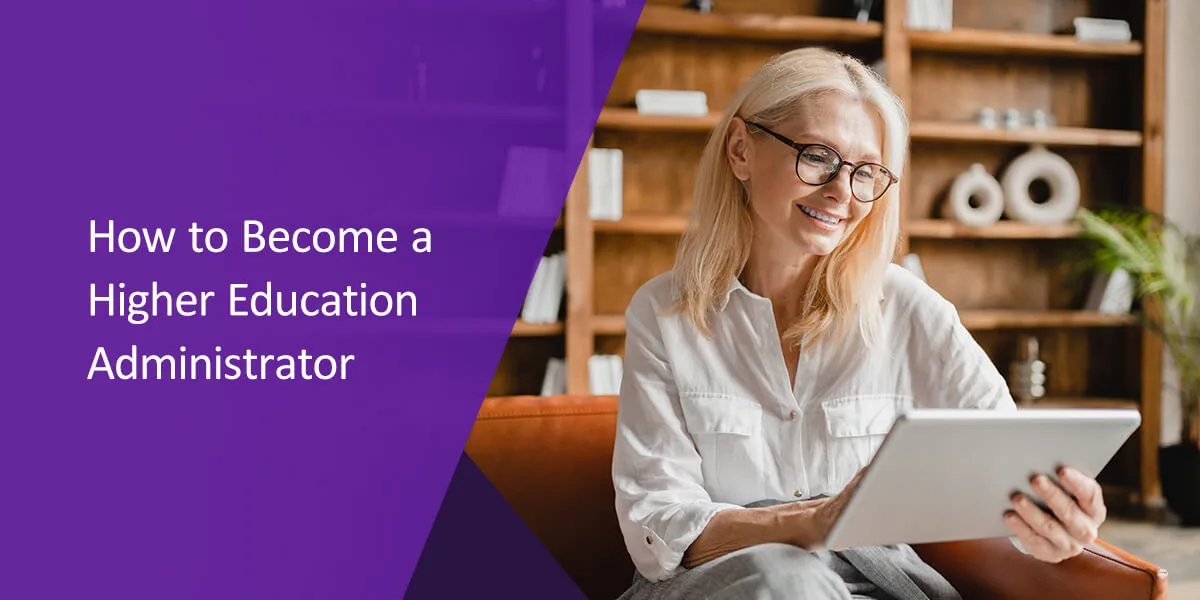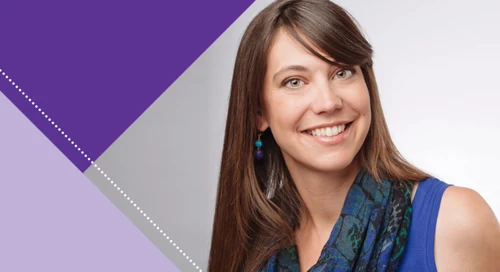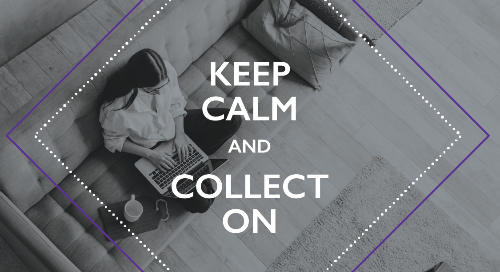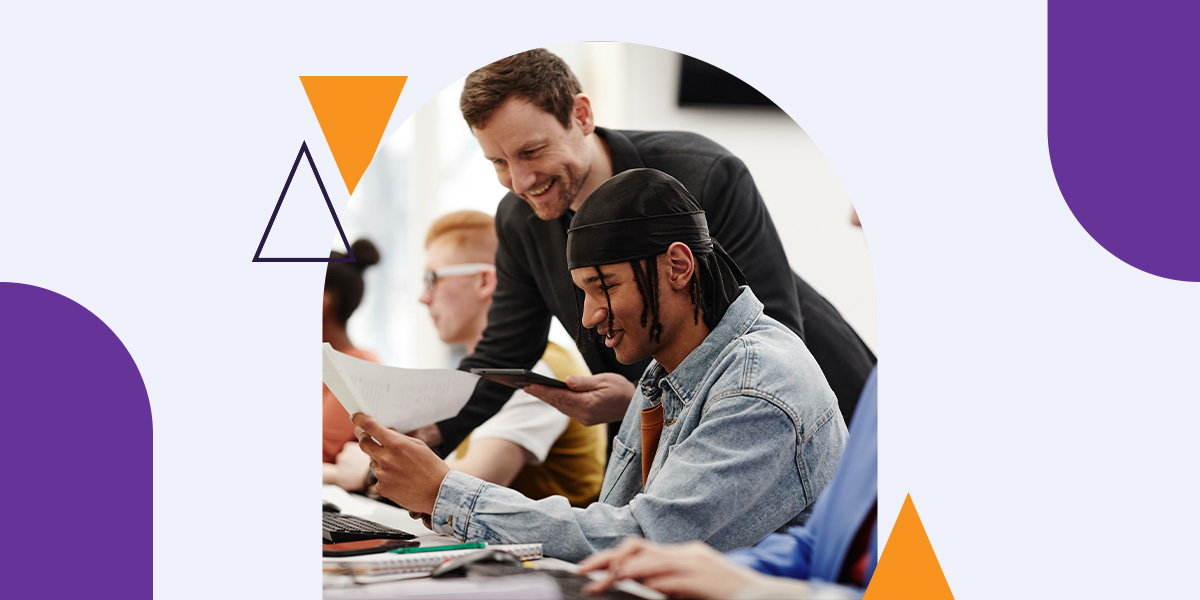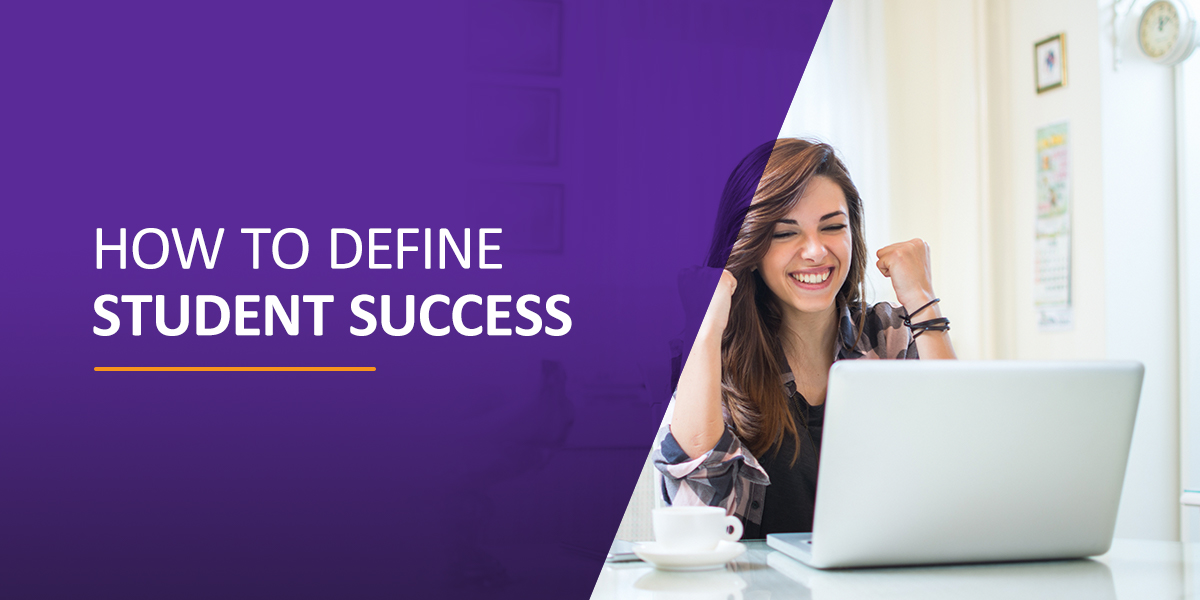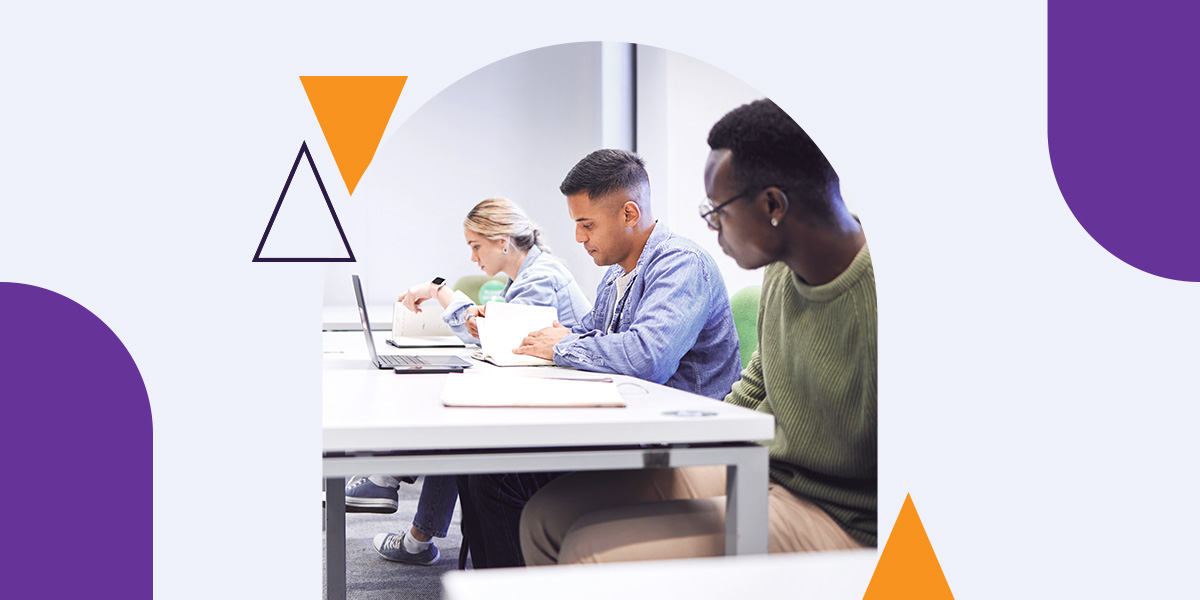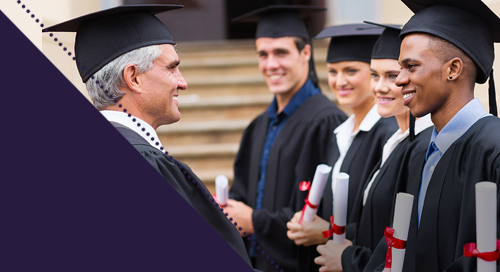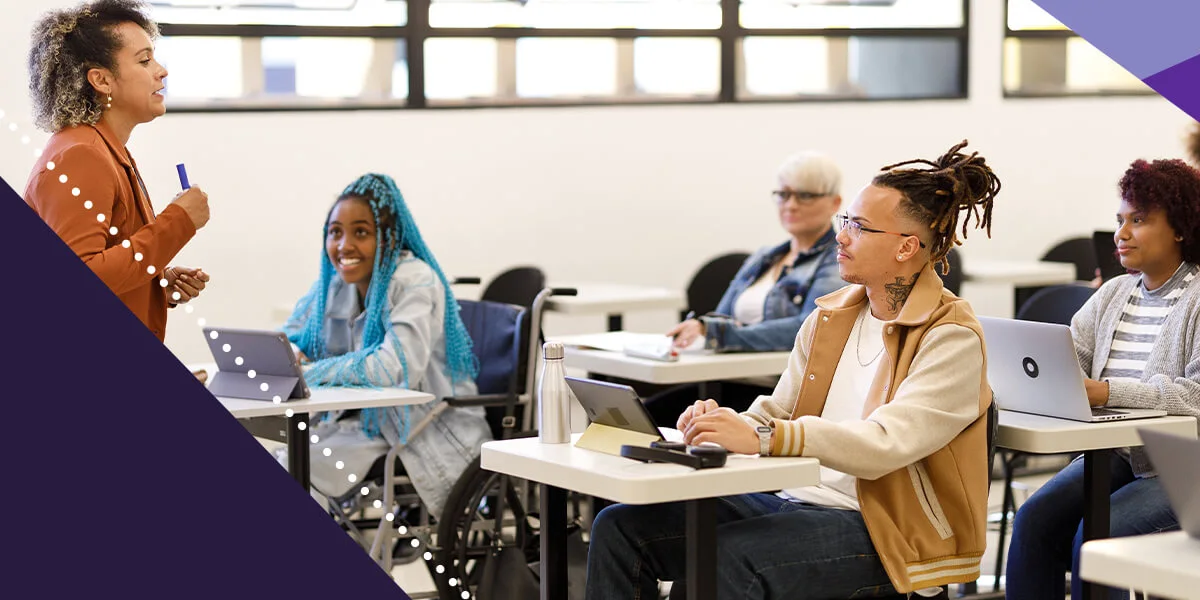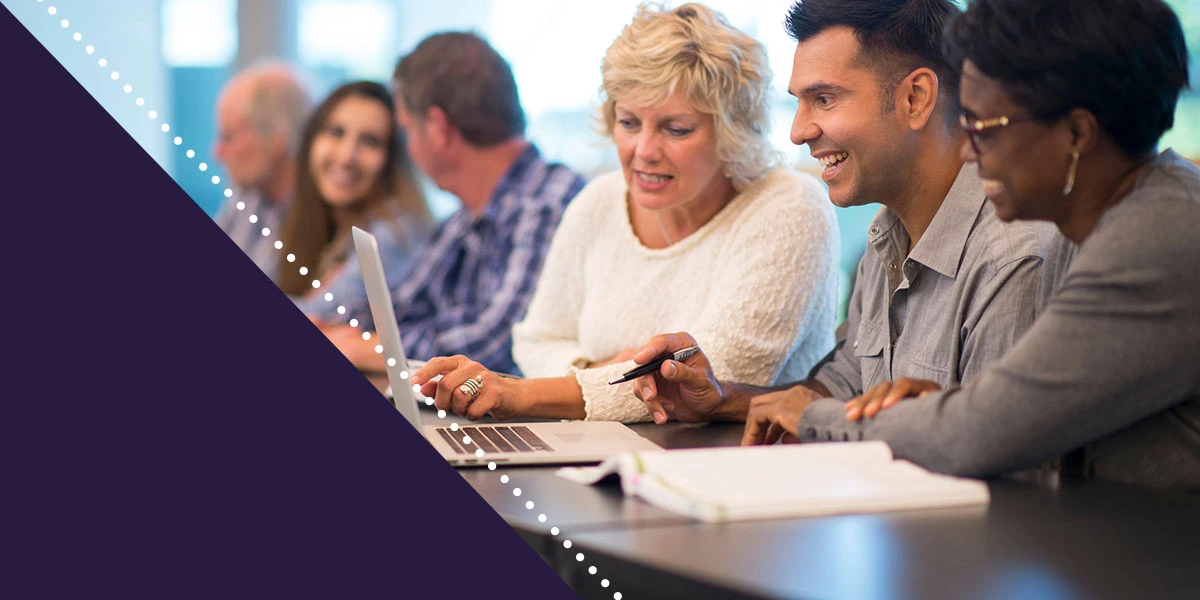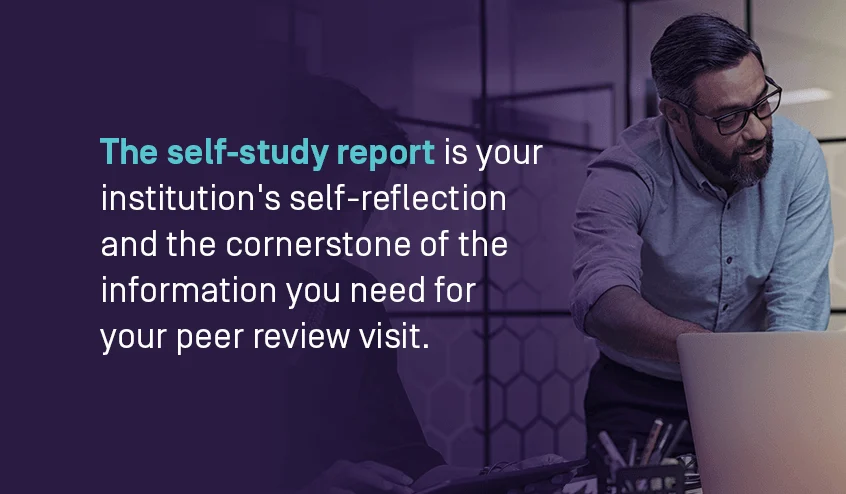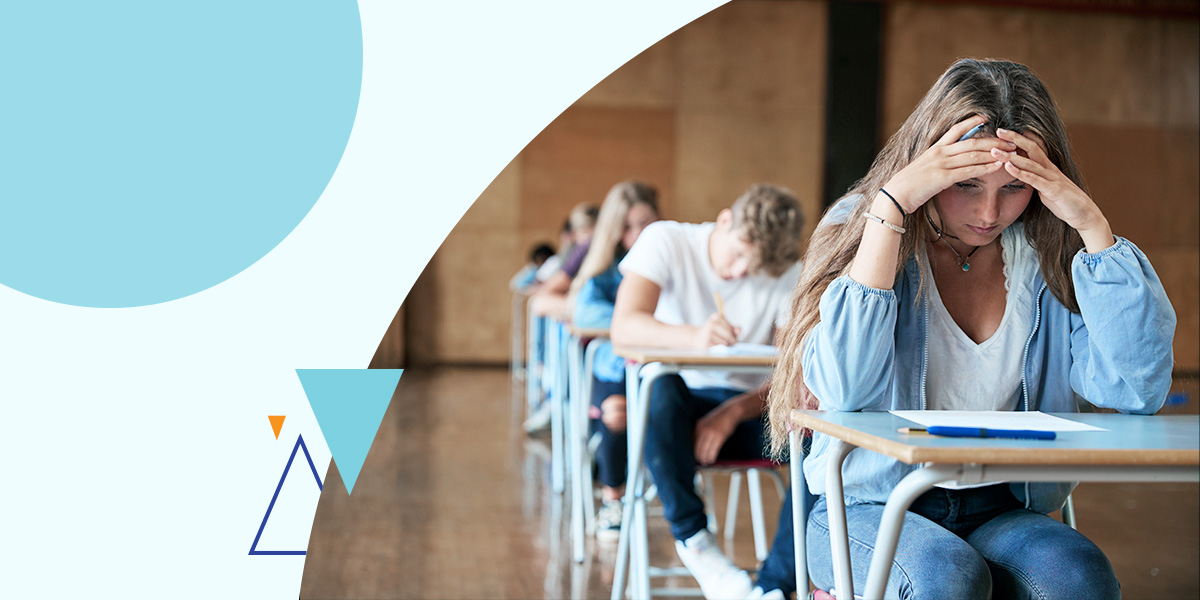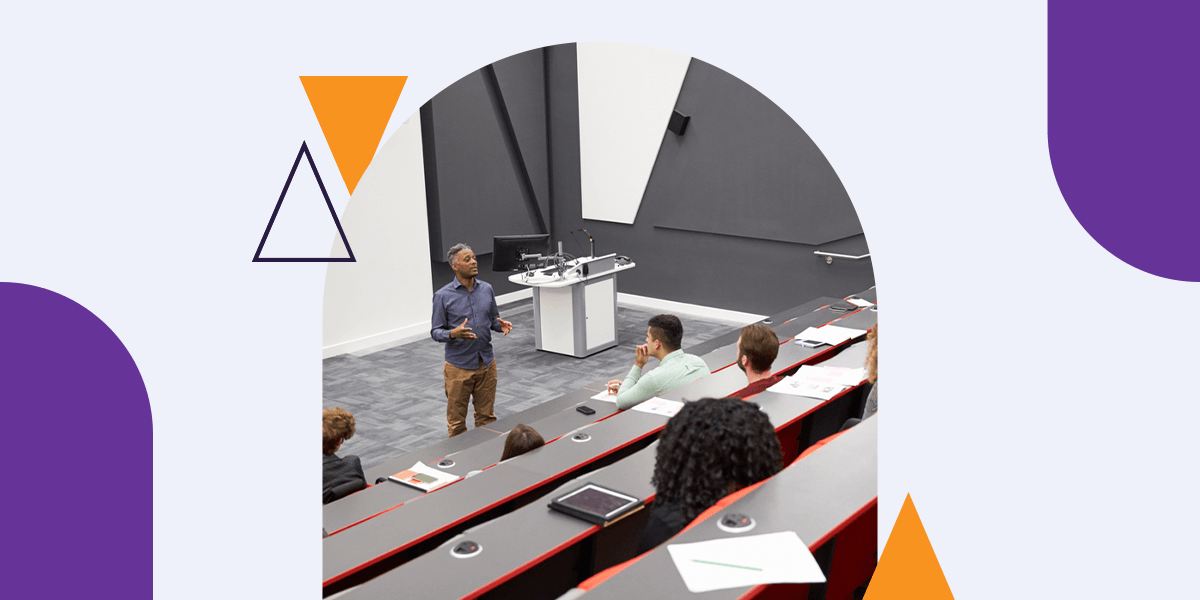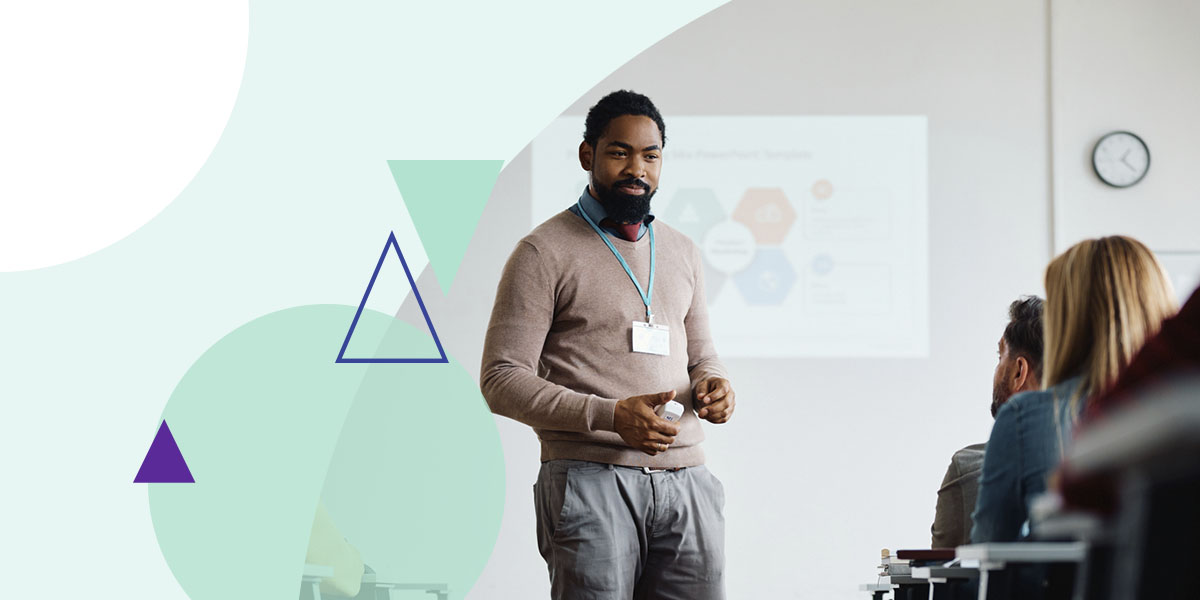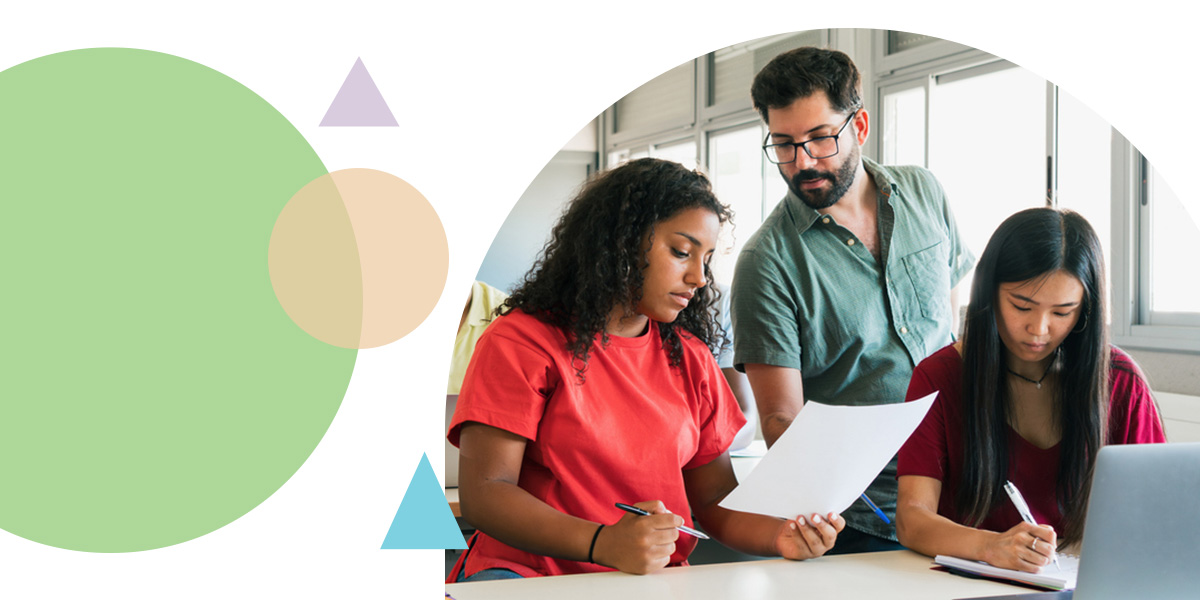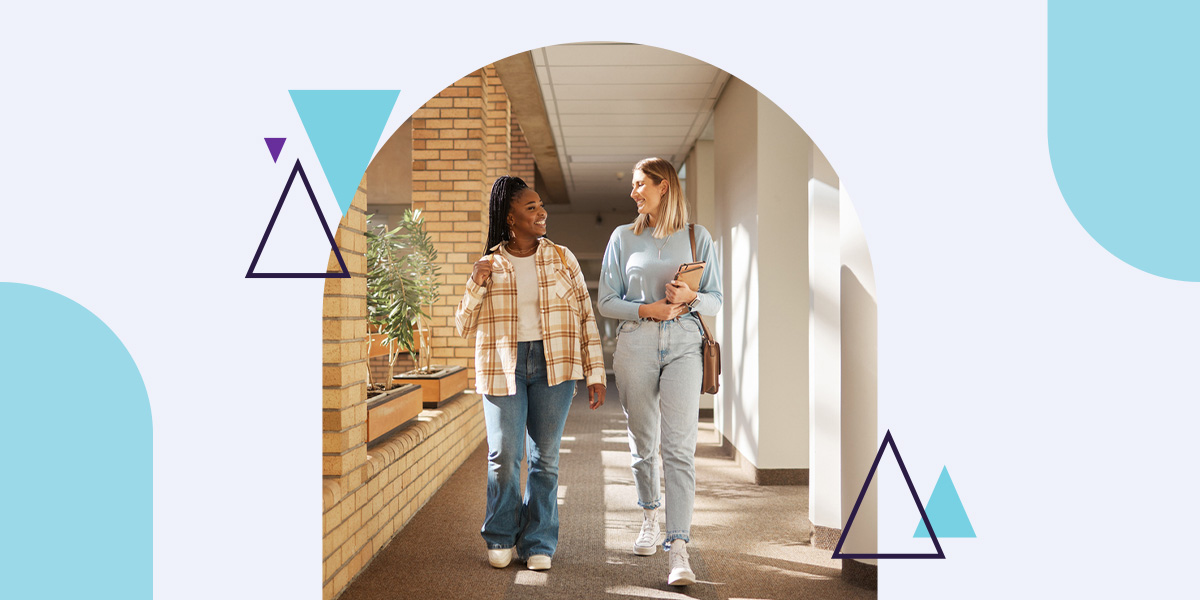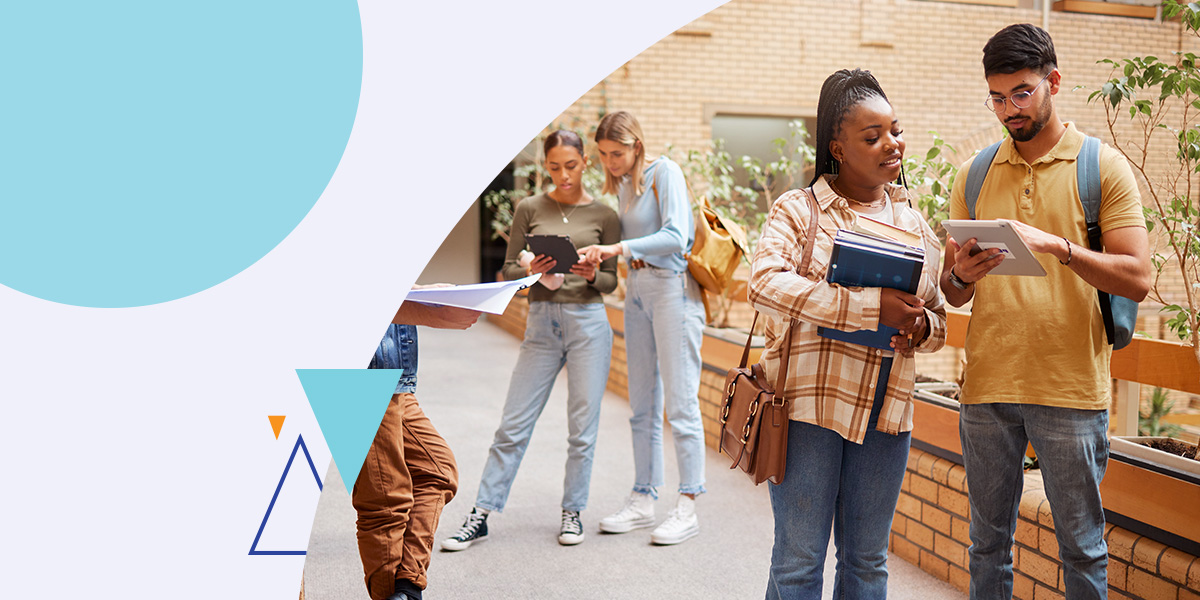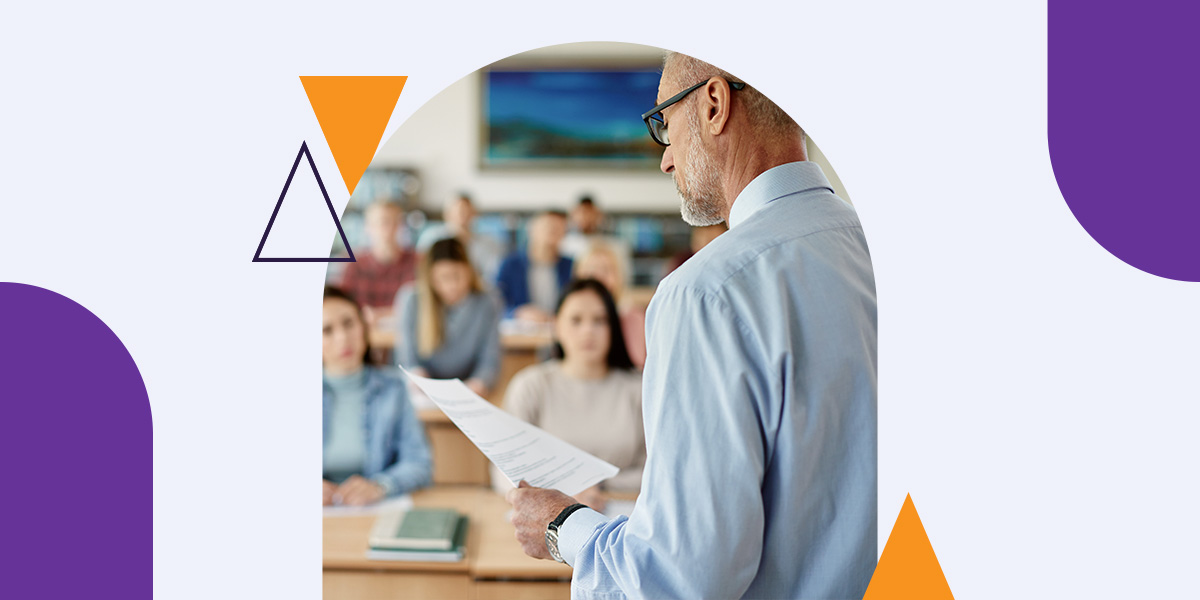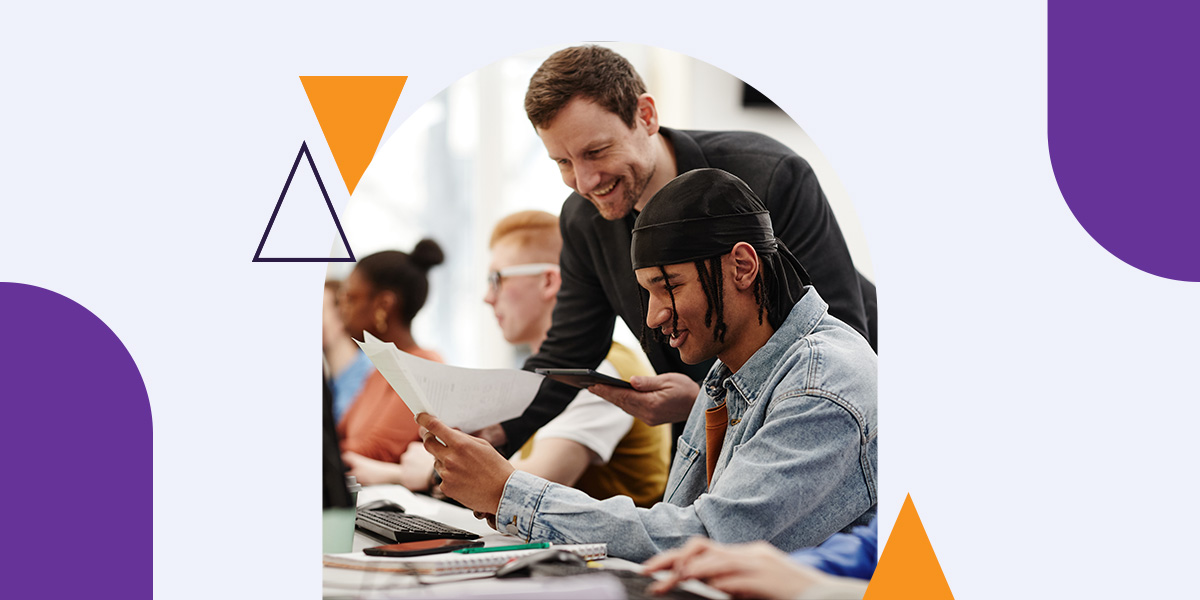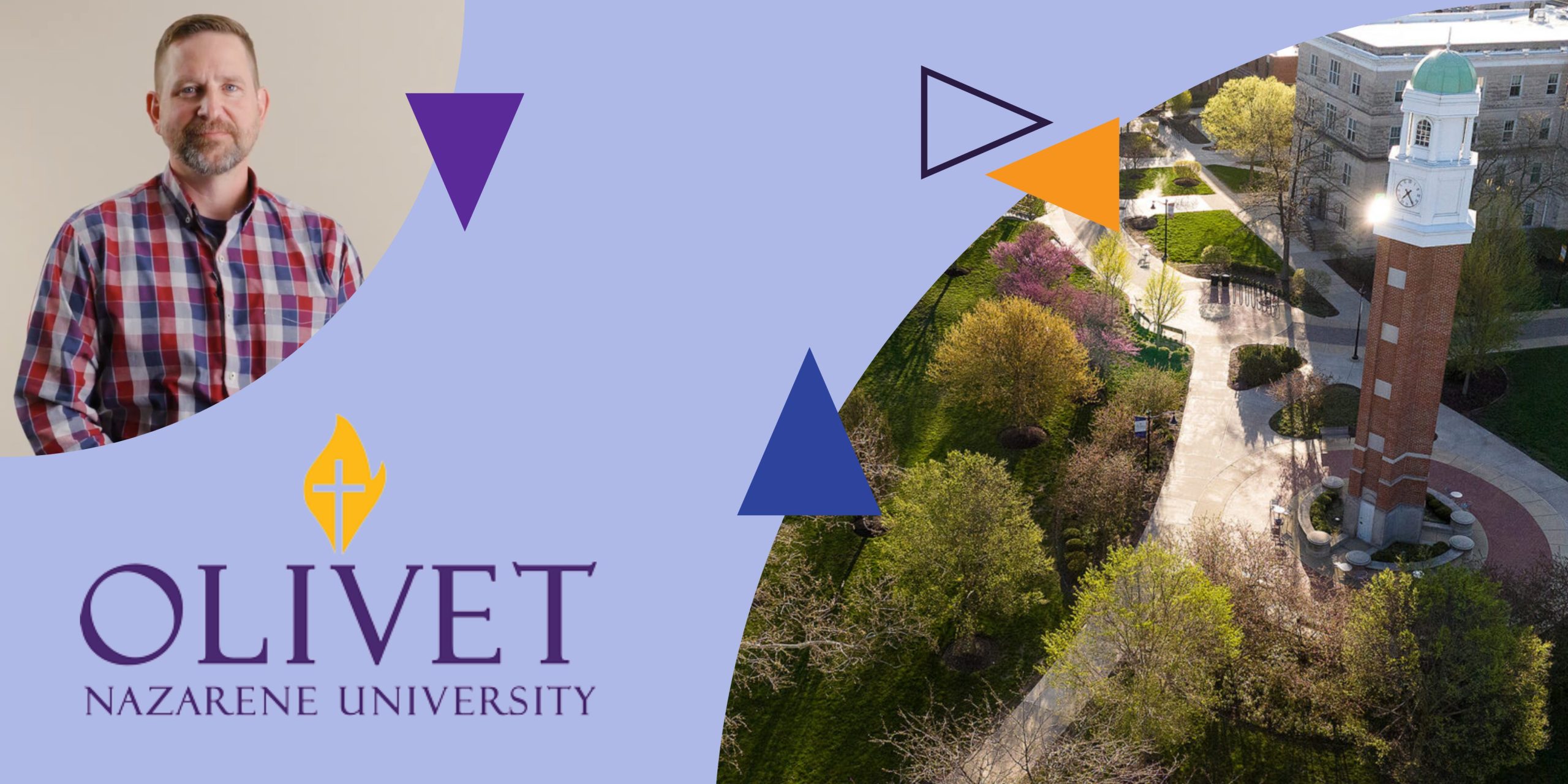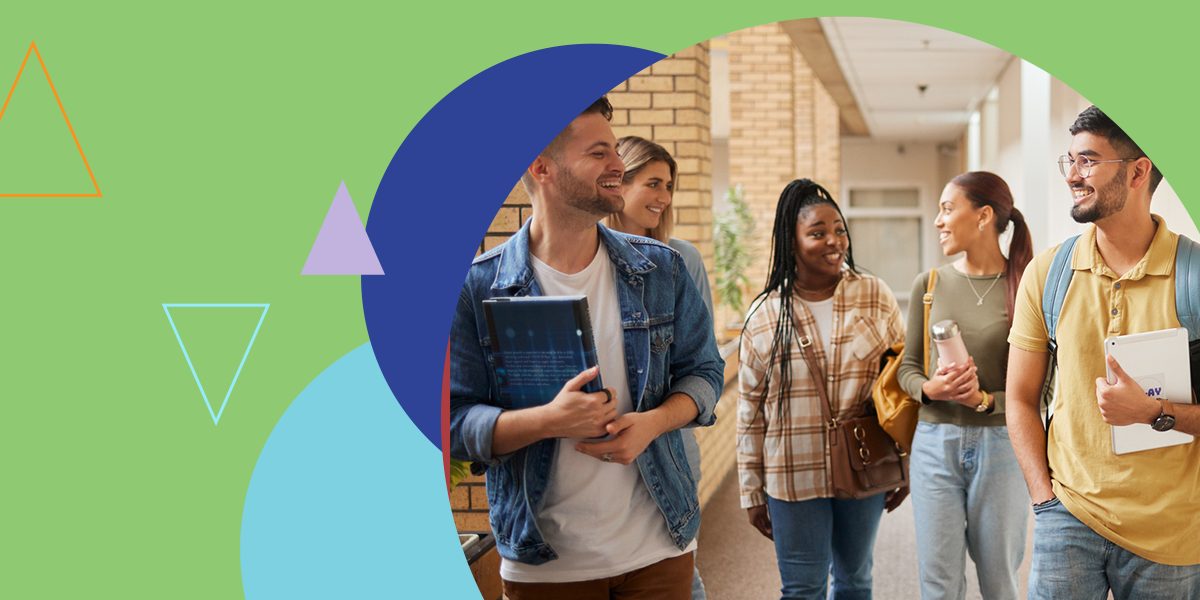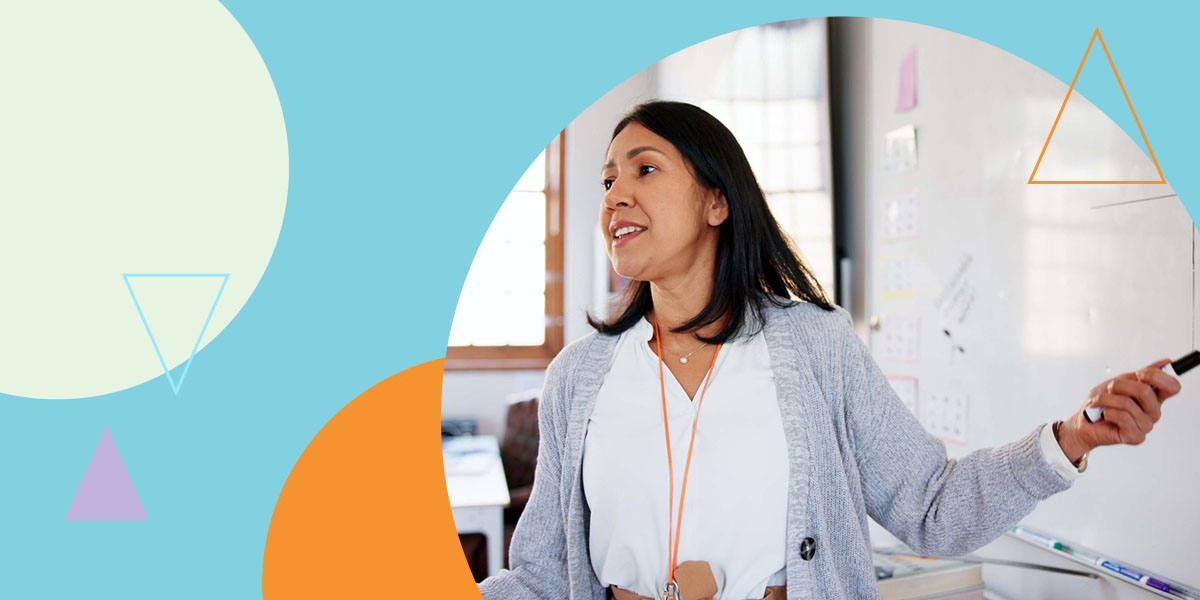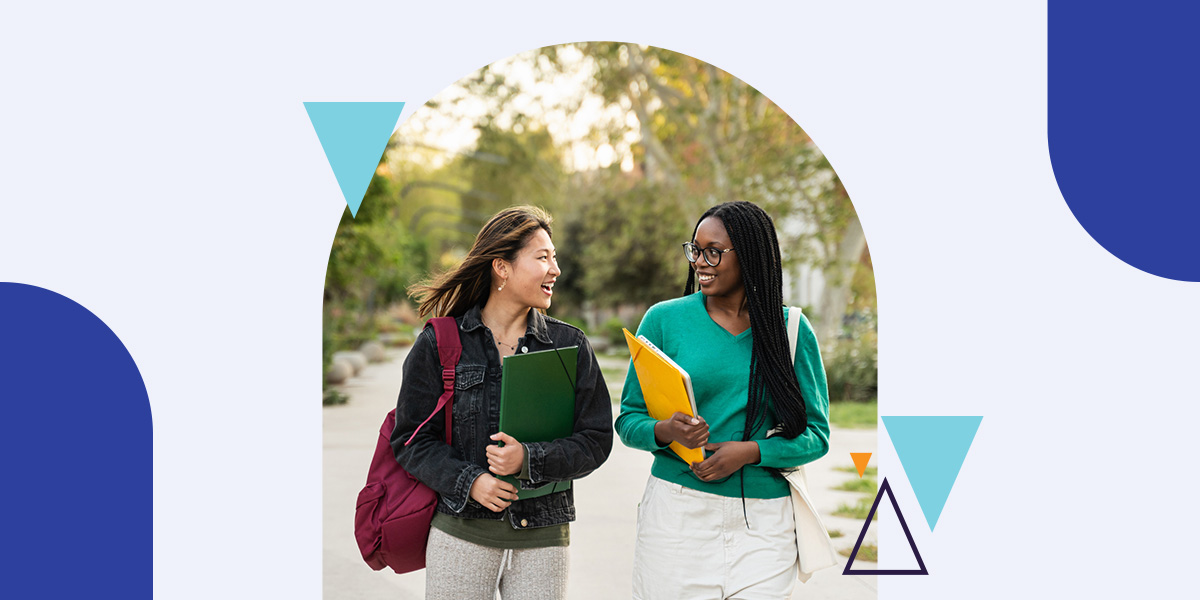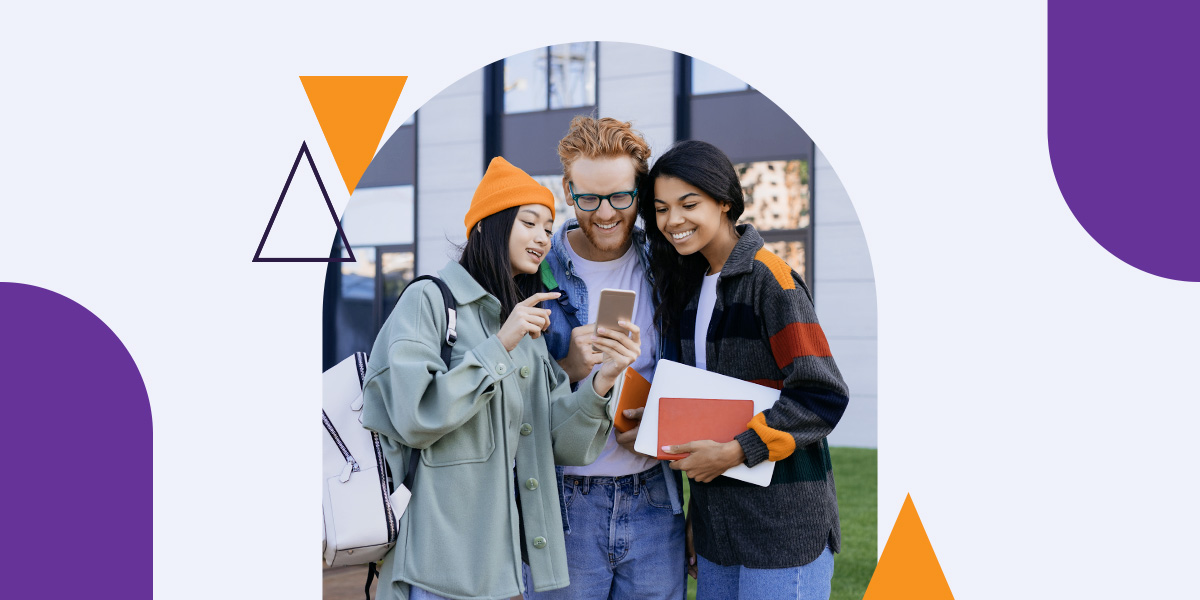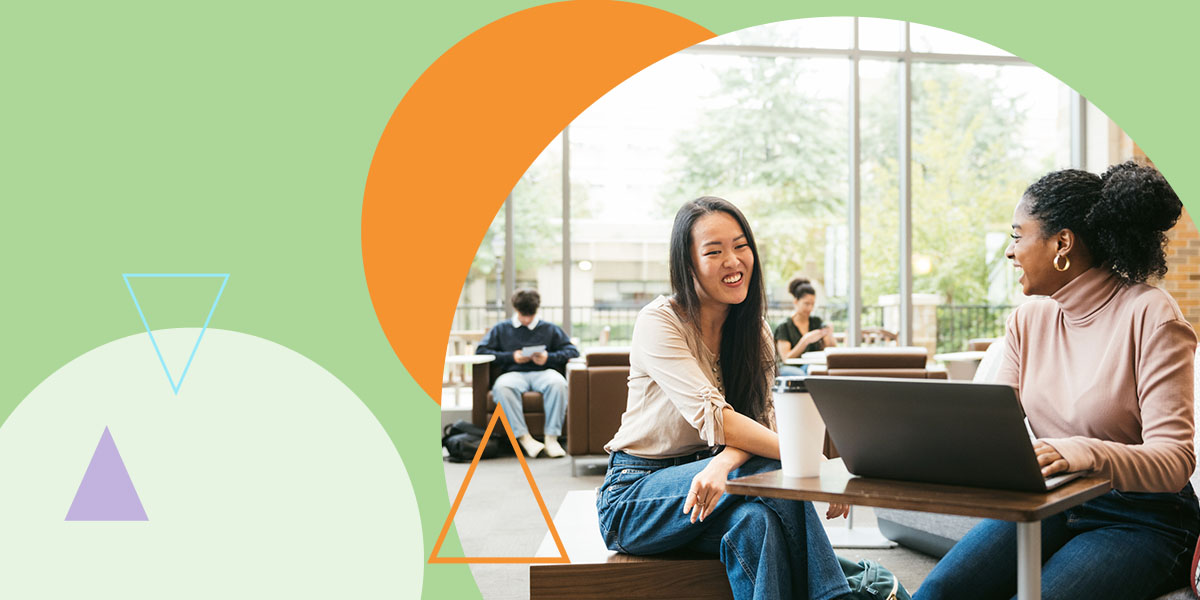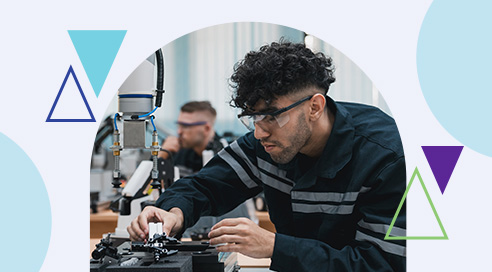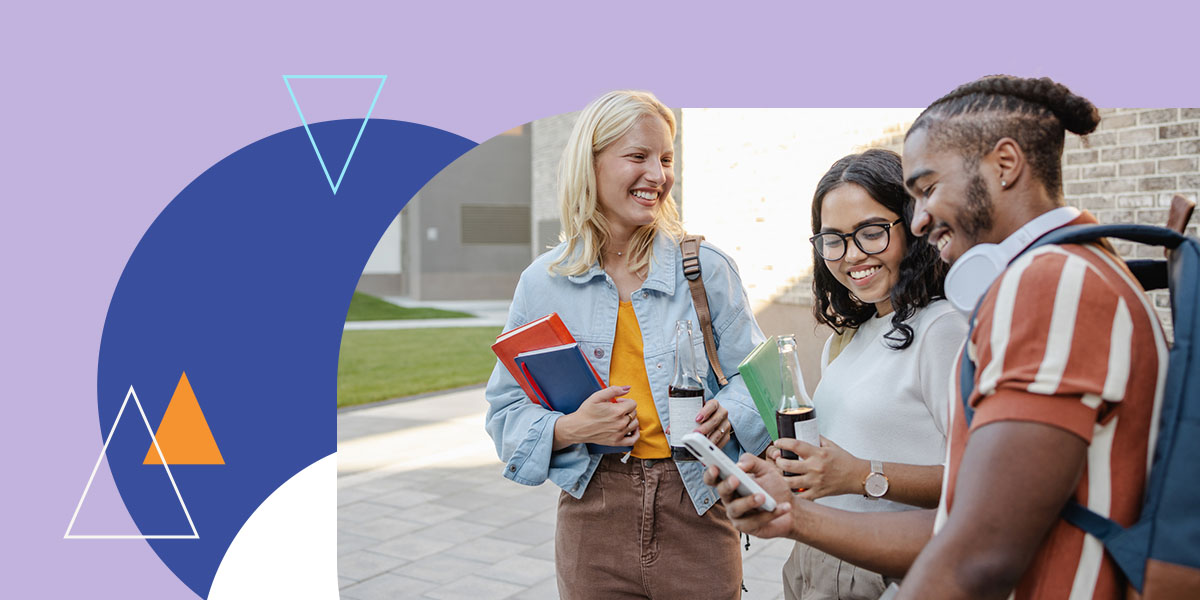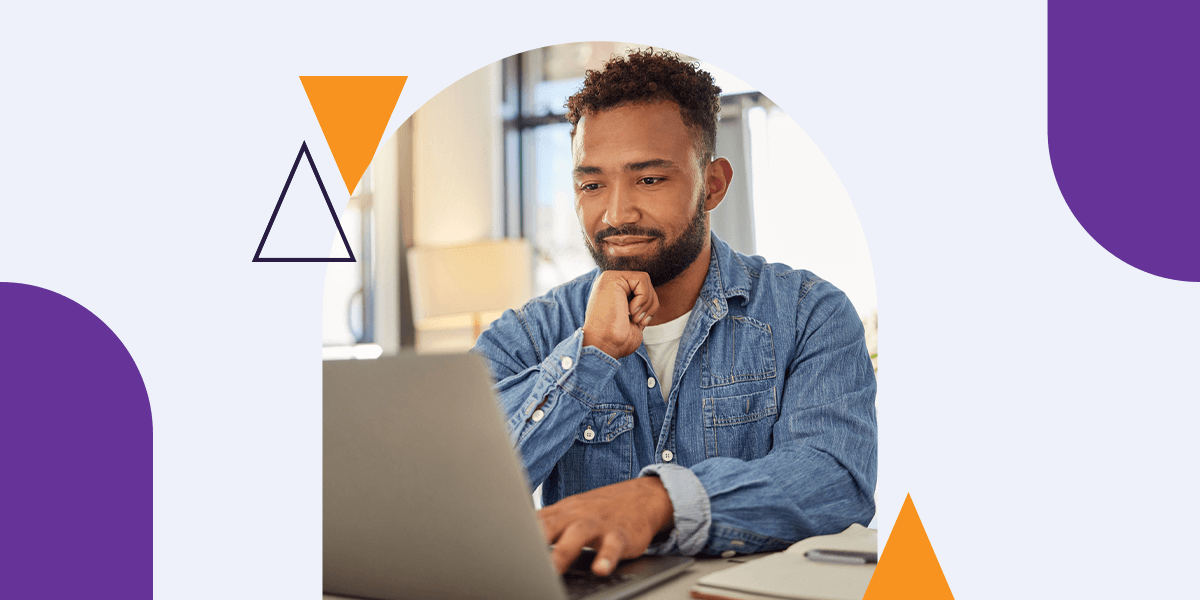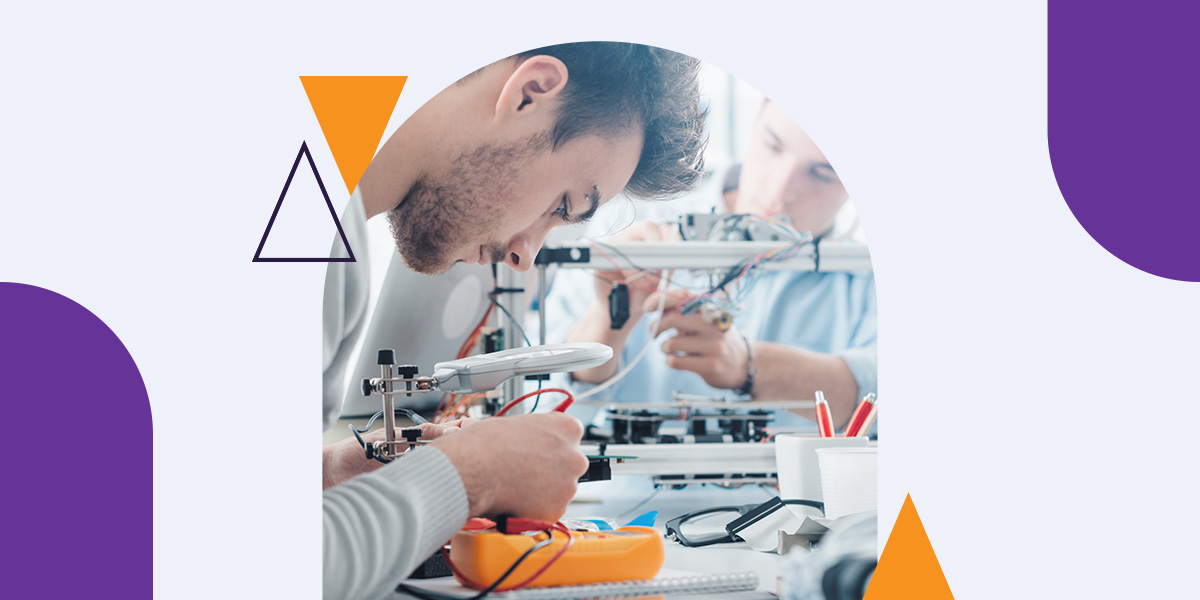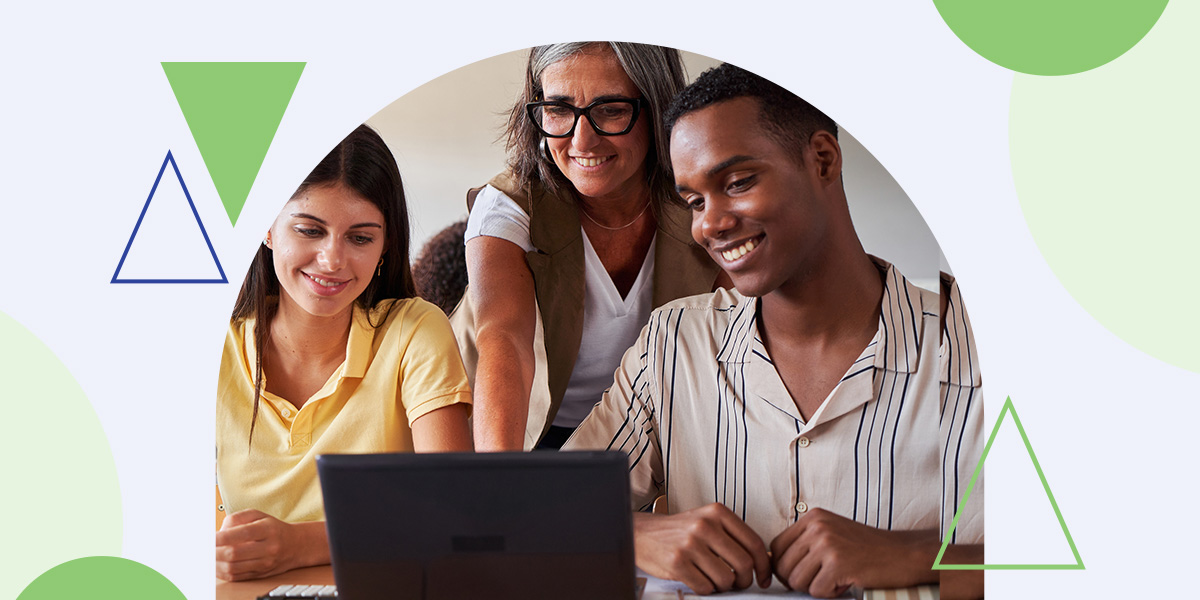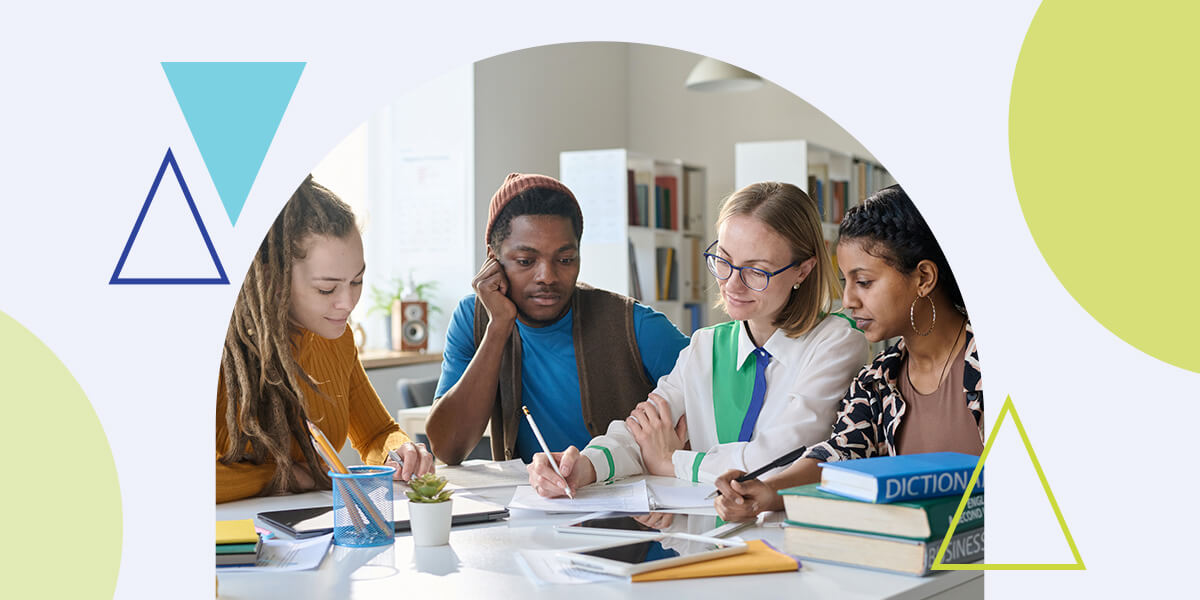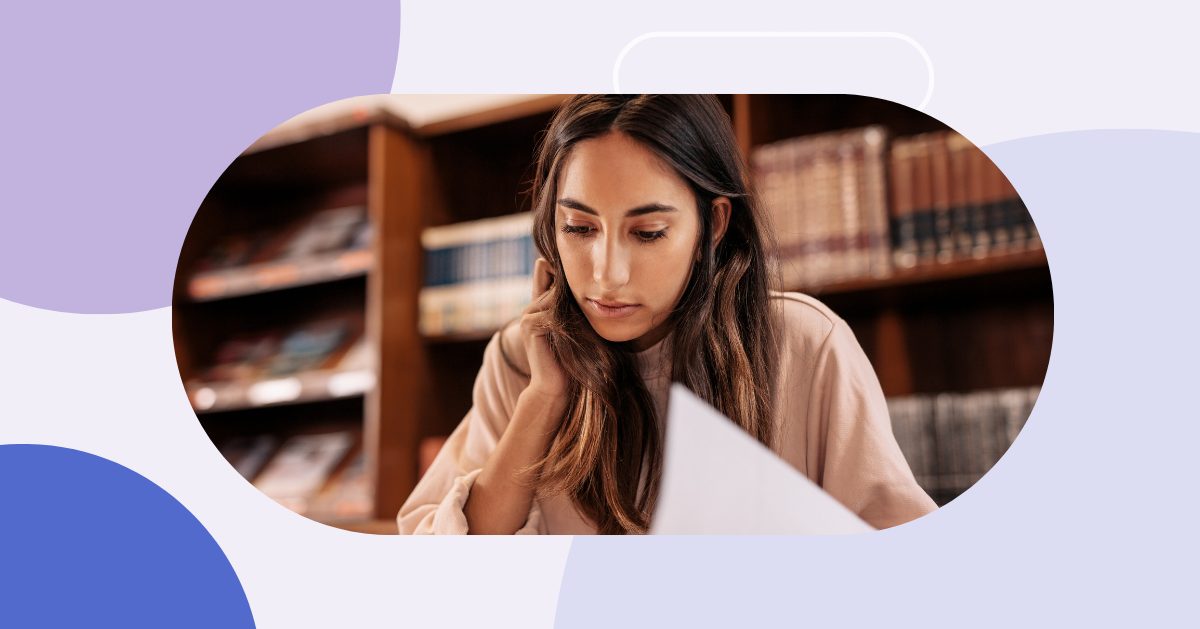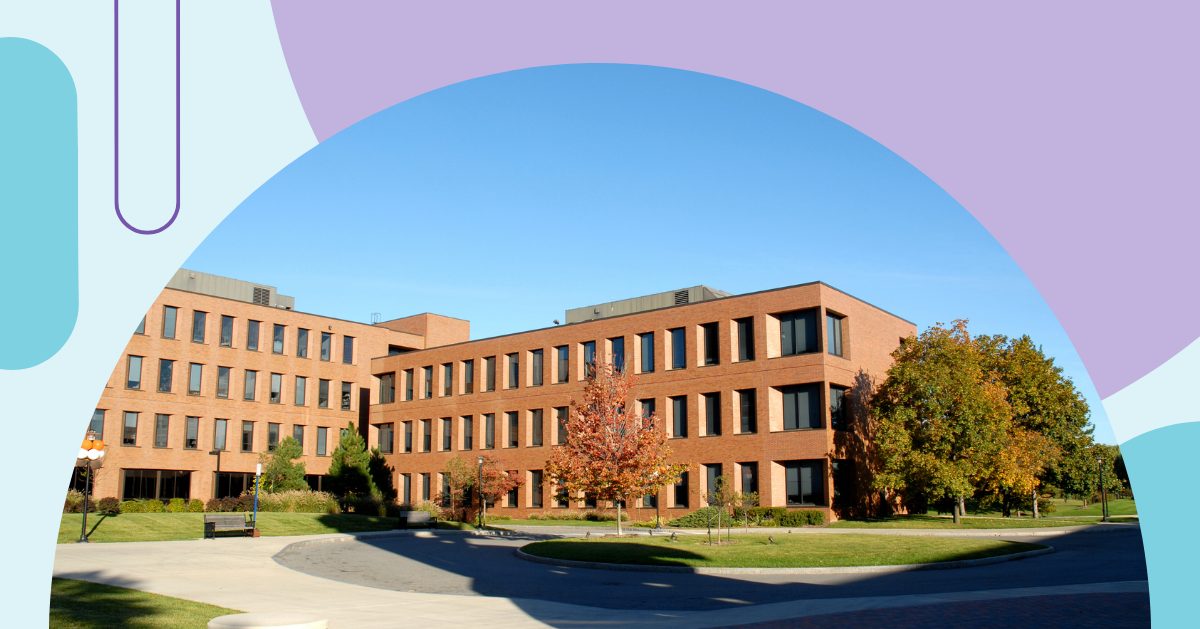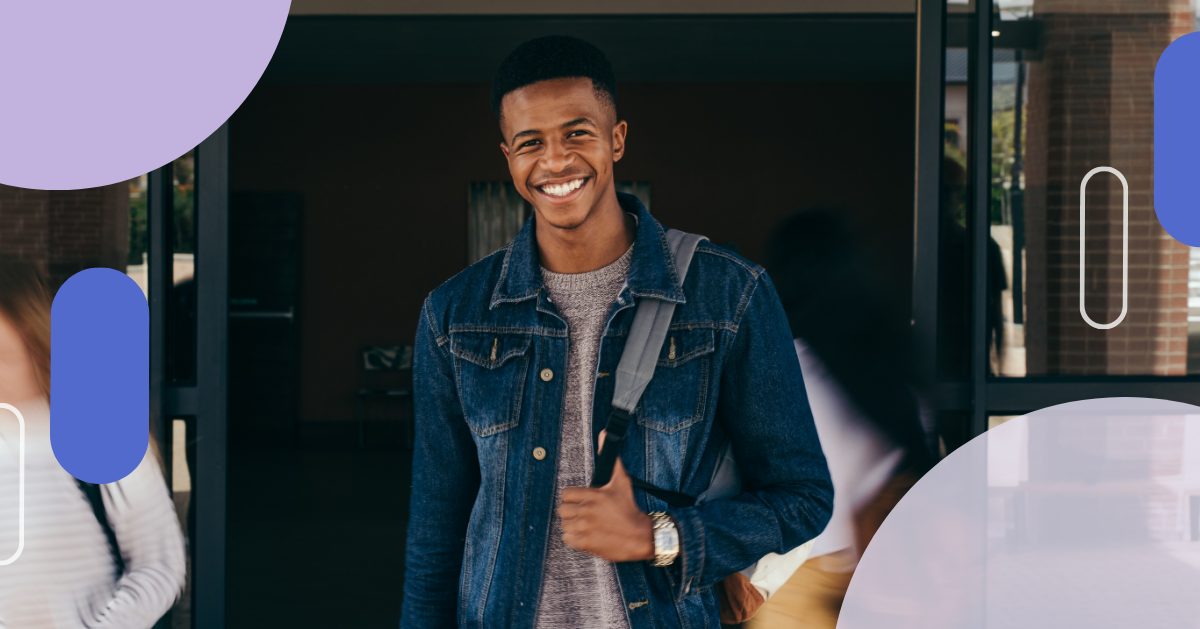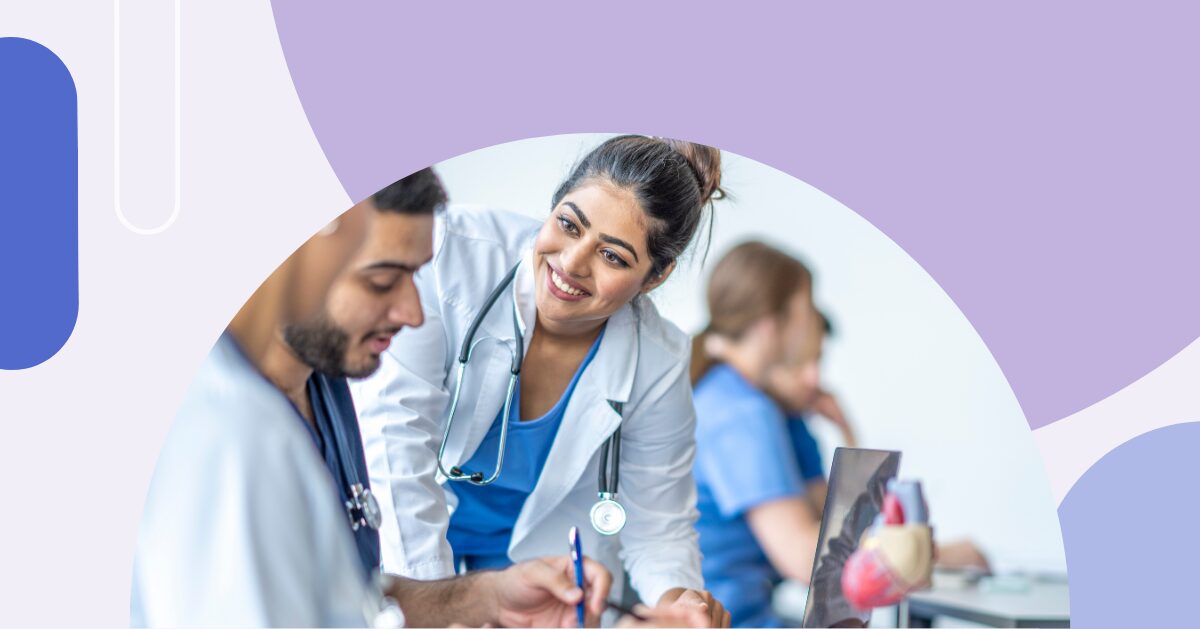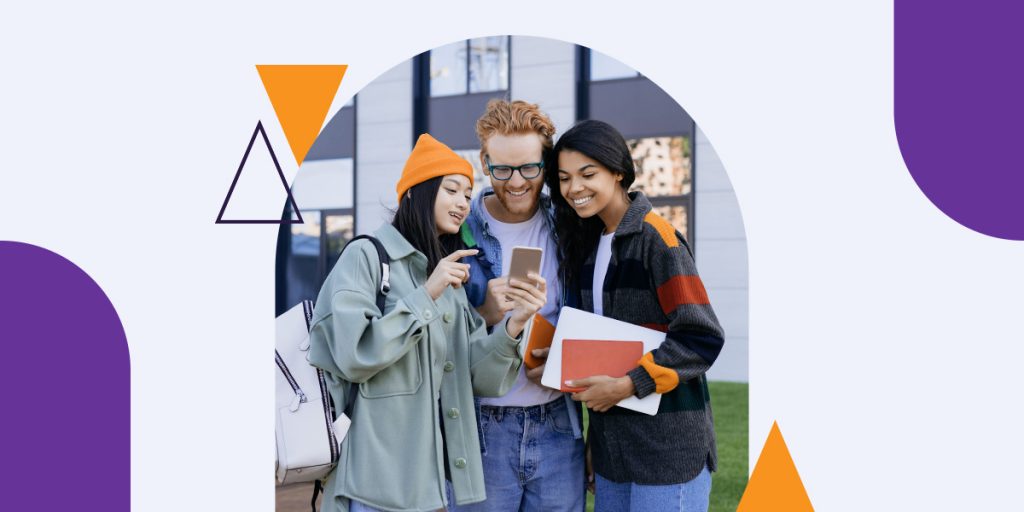
Thanks to the internet, consuming media — a form of mass communication — has become a part of everyday life. What was once limited to TVs, magazines, newspapers, and billboards is now directly available to students on their portable devices. On average, students use their smartphones for 6 hours and 53 minutes per day. The most used apps include social media like TikTok, Instagram, and YouTube.
Media messaging can influence student’s beliefs and attitudes. Unfortunately, plenty of media found online contains false or inaccurate information. Media literacy skills help students analyze messaging with a critical eye, ensuring they can distinguish between factual and inaccurate information.
Today, many higher education institutions offer media literacy courses to students to foster informed and critical campus discourse. Discover why these courses are so essential to student success and how to implement effective ones at your institution.
Understanding the concept of media literacy
Media literacy is a person’s ability to analyze messages they receive through mass media. The goal is to identify the author and intent behind a message to better understand it and its influence. As students develop the skill, they become more informed users and responsible content creators.
The National Association for Media Literacy Education (NAMLE) is a leading source of media literacy education in the United States. They established the five key components of media literacy for students:
- Access: Everyone should learn where and how to access media across various platforms and technology. Having access to media is essential to becoming an active citizen and participating in society.
- Analyze: When people have access to media, they must learn how to analyze and question the content they consume instead of accepting it as truth. Analyzing content involves determining who created it, what their goal is, and how credible and accurate the information is.
- Evaluate: With all the information gathered around a message’s context, people can come to more informed conclusions. They can determine whether the information is accurate, credible, and unbiased and uncover any potential hidden messages. They can also evaluate the media’s effect on themselves and others.
- Create: Many people create content as a form of expression. Media literacy involves analyzing one’s content the same way they analyze others and thinking about the effect it may have. It’s also important to consider that other people have different viewpoints and may understand messaging differently.
- Act: Finally, media literacy is about using the information gathered through analysis and evaluation to act responsibly. People who master media literacy can also act by educating others.
Why media literacy is more important now than ever
If you have yet to address media literacy at your institution, now’s the time. The need for media literacy in college courses is growing due to:
- Increased exposure to media: Students constantly expose themselves to an overwhelming amount of media. They’re spending more time on their devices and accessing sites and platforms where millions of people share content every day. The sheer amount of information can make it difficult for viewers to spot the difference between real and false information.
- Rise in misinformation: People used to receive their news and information from credible sources like newspapers, television, and books that fact-checked information before publishing. Today, nearly three in four students view social media as a top source of news. However, this is where misinformation runs rampant, and it isn’t easy to spot. Around 38.2 percent of Americans have accidentally shared fake news and only 23 percent feel confident in their ability to recognize false information.
- New technology: Technology is constantly evolving and changing the way we consume, create, and share content. While it can bring positive changes, it also creates challenges. For example, artificial intelligence (AI) can help students summarize and analyze content, but it also makes it easier for people to create fake content. As it evolves, AI videos and images may become more convincing.
- Declining mental health: Mental health has been declining for years, and it’s particularly prevalent among young adults. Most mental health conditions now emerge before the age of 25, and social media may be one contributing factor. Studies show that content on social media can negatively affect people’s self-esteem, leading to stress, loneliness, and mental health conditions.
The rise of media literacy courses in higher education
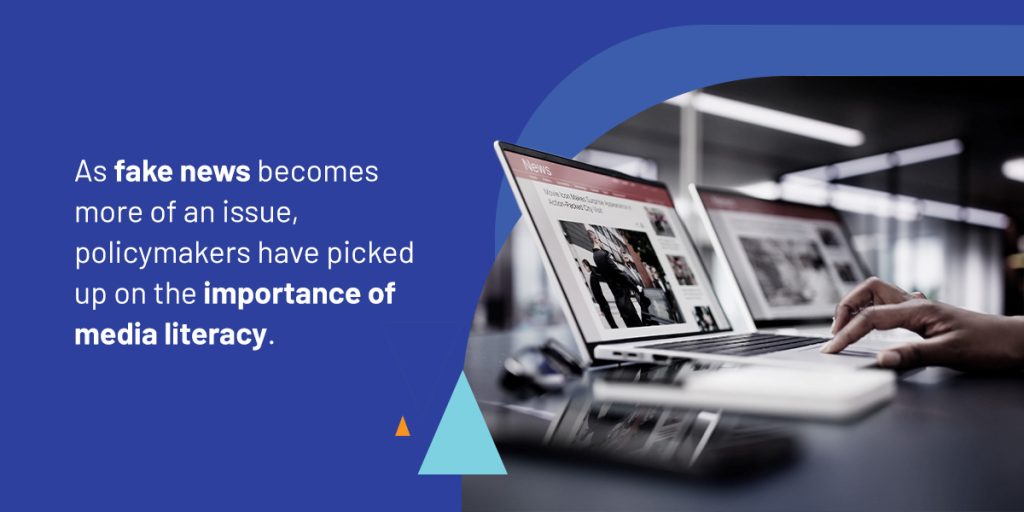
As fake news becomes more of an issue, policymakers have picked up on the importance of media literacy. Some states — including California, New Jersey, Texas, Connecticut, Delaware, Ohio, and Georgia — have already passed media literacy legislation. Most legislation focuses on teaching media literacy to K12 students. However, some states have set policies regarding media literacy for college students.
The University of North Dakota recently signed off on a proposal requiring students to complete media literacy coursework to graduate. The decision was in response to a mandate from the North Dakota State Board of Higher Education requiring digital literacy education for students. Other universities are even offering media literacy programs. For example, Arizona State University now has a digital media literacy undergraduate degree.
How does media literacy help higher education students?
Media literacy classes can significantly contribute toward student success, in their studies and future careers. That’s because media literacy skills also teach students how to:
- Think critically: Critical thinking is a soft skill that involves using logic to evaluate information and make informed decisions. Media literacy is all about using critical thinking when viewing media, so students develop the ability as their media literacy skill grows. Learning this skill can help students land a job after their studies, as it’s in demand in the current employment climate.
- Find credible sources: Many students turn to the internet to find information for assignments and research projects. To achieve high grades, they must choose credible sources and information. Media literacy teaches students how to evaluate content correctly, and they can apply the same principles to academic research.
- Collaborate: Campus discourse is made up of discussions and debates that occur at your institution. Students can have constructive discourse when they learn accurate information, think critically, and have empathy for others. Media literacy encourages students to consider the impact of their communication on others. It also exposes them to differing points of view, which is crucial for collaborating with people from diverse backgrounds.
How to implement media literacy courses effectively
Improving media literacy at your institution empowers students and faculty to make better choices in their media consumption habits. Their media literacy skills can also positively affect campus discourse, increasing collaboration and the flow of ideas. That’s why it’s an effective strategy for higher education institutions, regardless of legal requirements.
Follow these steps to implement media literacy education successfully:
1. Develop learning outcomes
Media literacy courses should cover all five components outlined by NAMLE — access, analyze, evaluate, create, and act. You can establish these as learning outcomes, as they are the skills students should have after completing the course. Starting content creation with learning outcomes in mind helps ensure all content is relevant and essential.
It’s also beneficial to create learning outcomes and curricula with the guidance of media literacy experts. They’ll have the latest guidance and information to help you create up-to-date course content. If you’re implementing media literacy education into existing courses, you may also want to work with faculty to modify and align learning outcomes with the new content.
2. Make content engaging
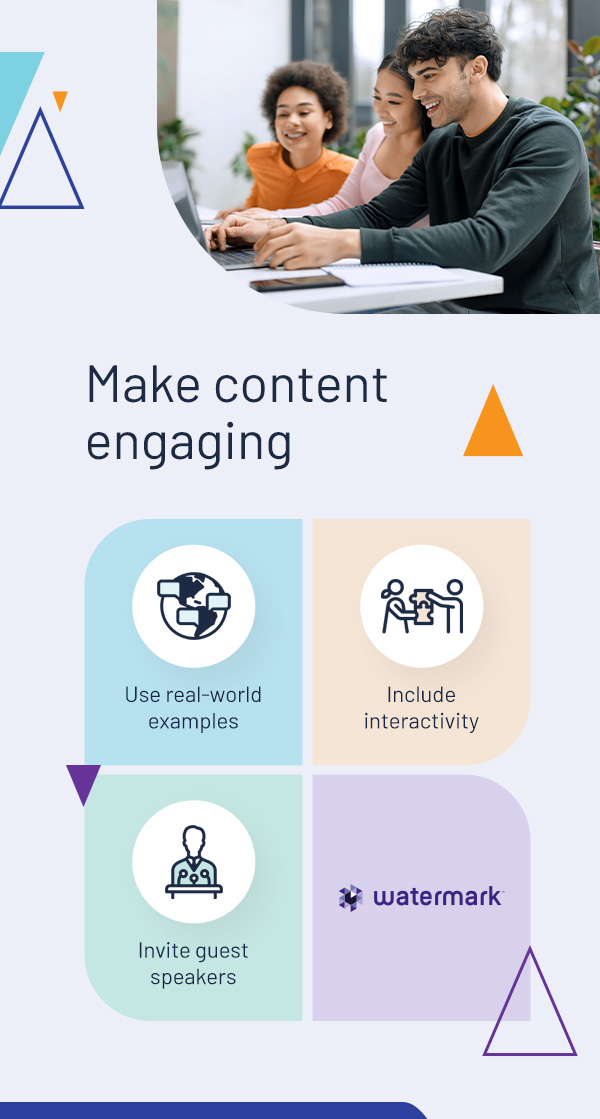
Courses are only as good as the content within them. To create engaging, meaningful content, try:
- Using real-world examples: Students may find coursework more engaging when it relates to real life. Find current examples and trending topics to include in content and lessons so it’s more relevant to students.
- Including interactivity: Another way to keep students engaged in media literacy courses is to get them to participate in interactive and experiential learning. These types of learning encourage students to engage with the content through hands-on experience and collaboration. For example, you can task students with creating media or have a debate or discussion.
- Inviting guest speakers: Change up lessons and make them more engaging by inviting guest speakers. Choose people who work in industries relevant to student majors and ask them to share how media literacy affects their role. Students may be more motivated to attend class if they can see its impact on their future careers.
2. Map classes to outcomes
Once you’ve identified learning outcomes and created an engaging media literacy curriculum that aligns with them, you can start mapping the curriculum. Curriculum mapping is the process of creating an outline of learning outcomes throughout a course or program. It helps faculty know what and when to teach students.
Institutions can teach media literacy in stand-alone classes, single courses, or entire programs. The curriculum mapping process differs slightly for each type:
- Class: Some institutions choose to teach students media literacy across a few classes. It’s also possible to integrate media literacy education into existing classes. Curriculum mapping for classes would focus on ensuring each class or lesson unit aligns with the desired learning outcomes.
- Course: Media literacy courses are slightly more involved and may contain more classes across a semester. You can create a curriculum map for the course that indicates which classes cover each media literacy component. The map will ensure students learn the required topics in the right order.
- Program: Media literacy programs are more comprehensive, as they contain multiple courses and span months or years. A curriculum map for a program will first outline the learning outcomes per course, and then map the classes within them. It also assesses the order courses are in, ensuring students learn the basics before advancing.
3. Make content convenient
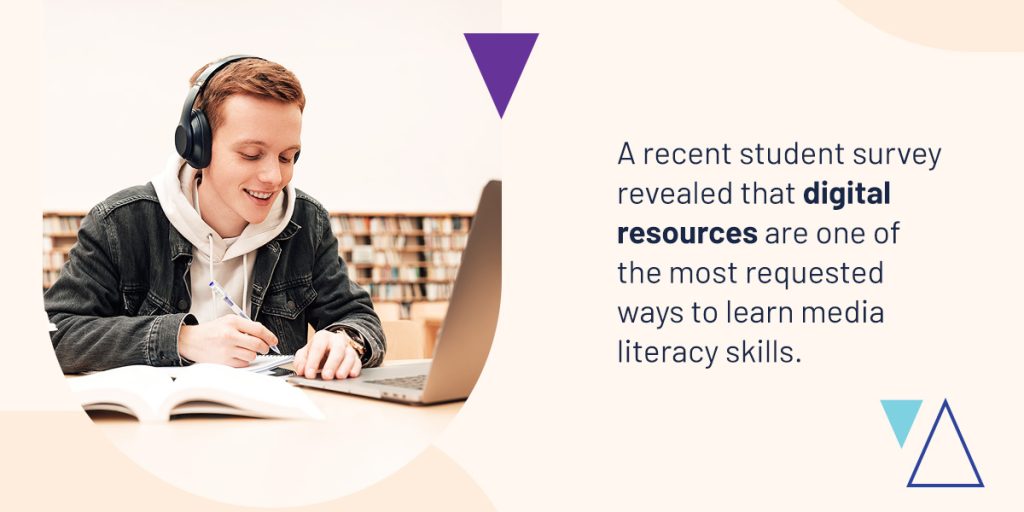
To improve the effectiveness of media literacy education, your institution must make it convenient for students. The more convenient and accessible media literacy education is, the higher the chance of students completing it. One way to make media literacy content convenient is to digitize it. A recent student survey revealed that digital resources are one of the most requested ways to learn media literacy skills.
Another way to make content more convenient is to introduce self-paced learning. Self-paced learning is a style of education where students progress through learning material at their preferred pace and at times that are convenient to them. This can be an effective solution when paired with digital resources, as students can easily access them online and choose when they learn.
4. Train faculty first
Before implementing any media literacy education, your institution should educate faculty first. Lecturers who understand media literacy concepts can teach the topic more effectively. They can model media literacy and critical thinking for students, reinforcing their understanding. Training also equips faculty with effective teaching and assessment methods specific to media literacy and ensures consistency across all departments.
5. Assess course effectiveness
The best way to make media literacy classes effective is to improve them over time. To make improvements, you’ll need to assess how well a course accomplishes its objectives. Assessing students through exams, projects, and quizzes can tell you how well students understand the content. Course completion rates will also tell you how engaging and difficult the course is.
For more specific information about a course’s strengths and weaknesses, gather student feedback. Using this information, you can make targeted changes that have a larger impact on the student experience.
Create effective media literacy courses using Watermark software
Planning, designing, and introducing new courses is simple when you have the right tools. At Watermark, we provide a suite of innovative software to help higher education institutions achieve their goals. We believe in the power of insights and want to help you harness data to maximize your institution’s impact.
If you’re adding new courses or programs for media literacy, you’ll benefit from Watermark Curriculum Strategy. It makes it easy for faculty to develop curricula, streamline processes, and use student feedback to inform changes. Watermark Planning & Self-Study can then assist with curriculum mapping, using automation and intelligent features to simplify the process. The software also makes it easy to identify gaps in the curriculum so you can make it even better.
For a more comprehensive solution, consider Watermark’s Educational Impact Suite (EIS). EIS integrates all our offered tools into a centralized system. With all your institution’s information in one place, you can see the bigger picture and understand what’s happening across campus. All the data you need to drive growth will be at your fingertips.
See our solutions in action by requesting a demo today!
